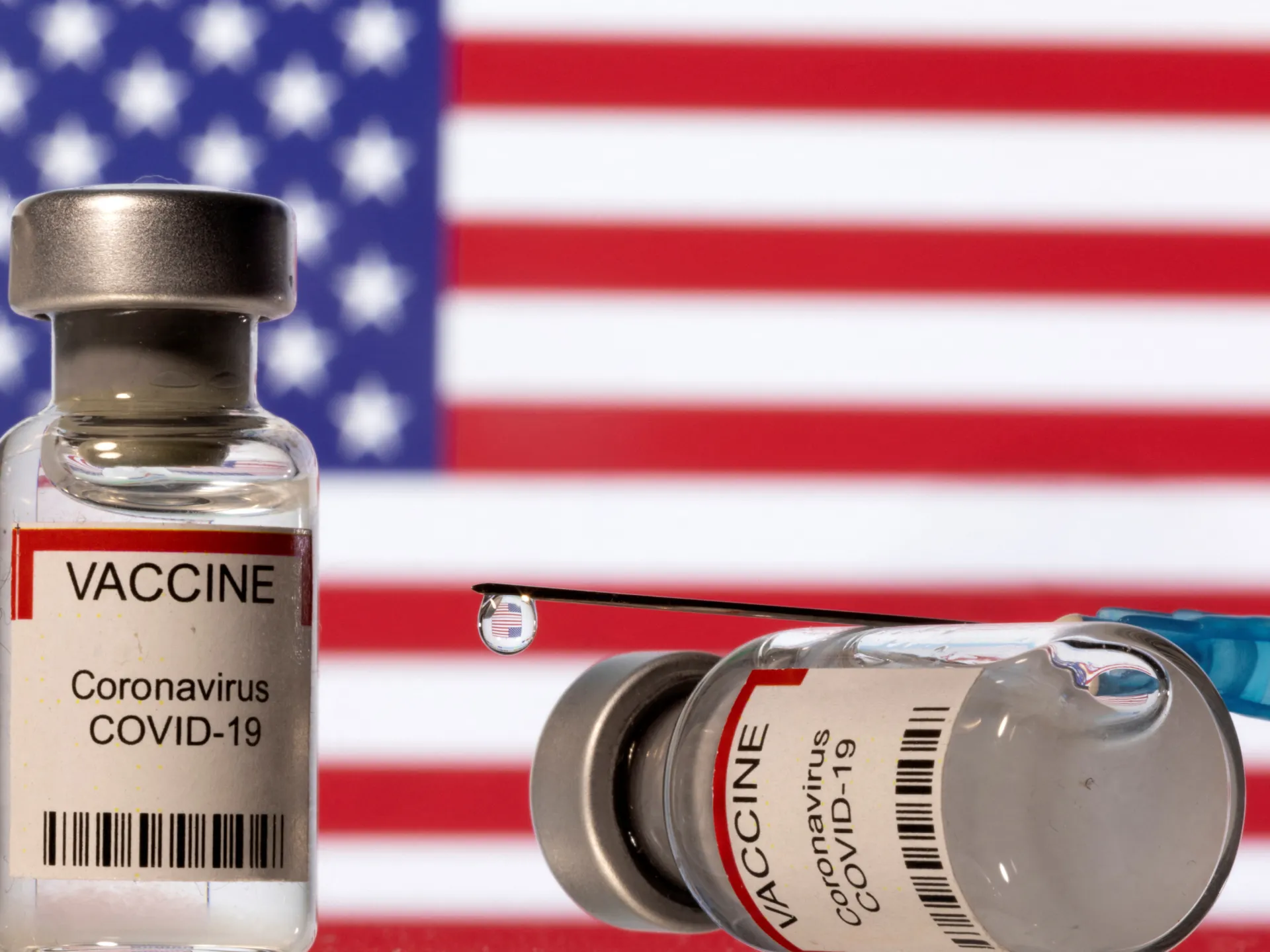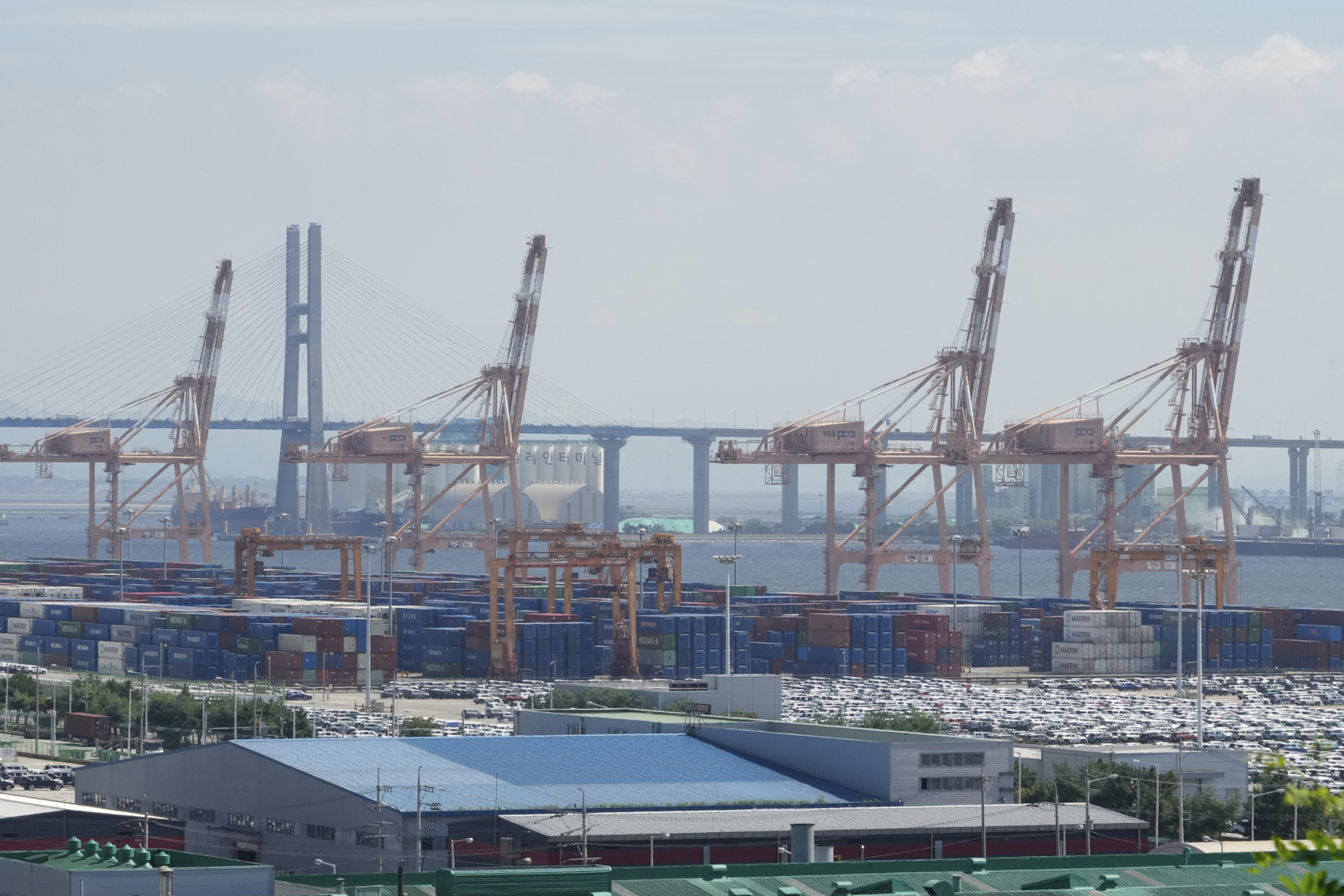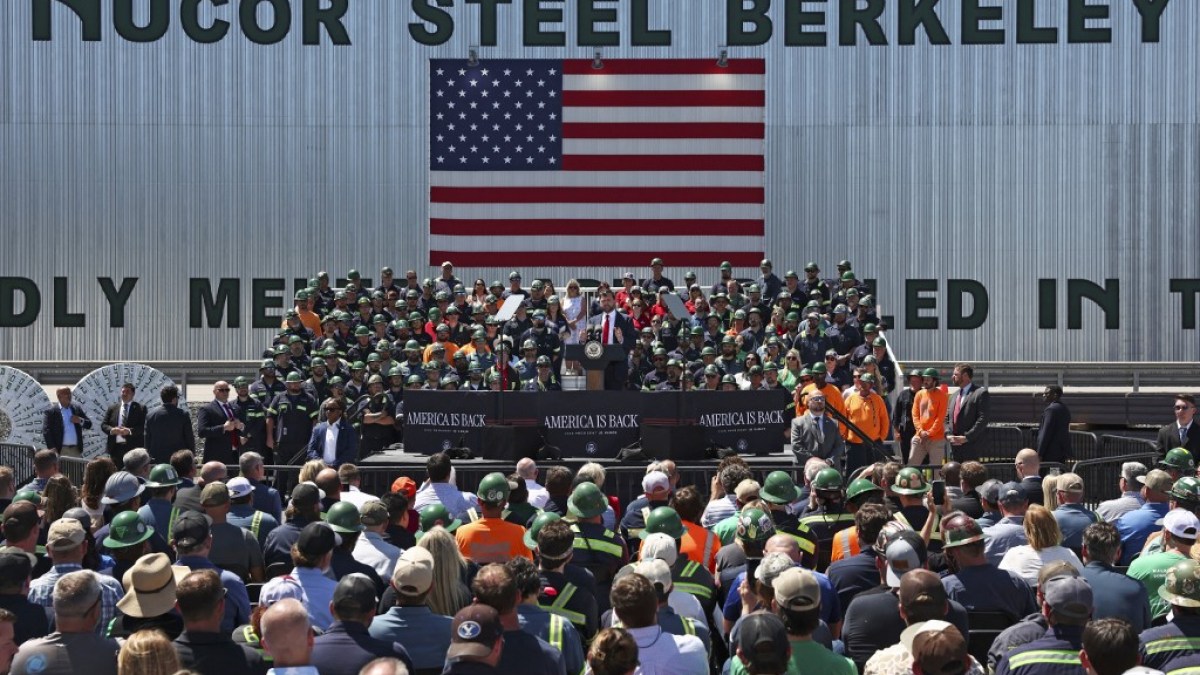Why Trump is seeking to remove aluminium from vaccines? | Donald Trump News
Health officials in the United States are reviewing whether to remove aluminium from some common vaccines, as part of the Trump administration’s escalating attacks on vaccines.
The Department of Health and Human Services has reduced some vaccine access. The agency scaled back COVID-19 vaccine recommendations, approved COVID-19 vaccines for fewer people and aimed to remove the preservative thimerosal from US vaccines. Experts told PolitiFact scientific research did not support its removal.
Recommended Stories
list of 3 itemsend of list
During a September 22 news conference, in which US President Donald Trump told people not to take Tylenol during pregnancy, he also mentioned another objective. “We want no aluminium in the vaccine,” he said. The administration was already in the process of removing aluminium from vaccines, he added.
About two weeks later, on October 8, the US Centers for Disease Control and Prevention’s (CDC) Advisory Committee on Immunization Practices, or ACIP, announced a new working group focused on the childhood vaccine schedule. Its discussion topics include vaccine ingredient safety and aluminium adjuvants.
Robert Malone, an ACIP member who has opposed COVID-19 vaccines, told Axios he expected the ACIP would determine there was “a lot of evidence” of “issues” with aluminium in vaccines. The committee would likely vote to re-categorise vaccines containing aluminium adjuvants so that people would have to discuss with their doctor before getting them, Malone told Axios.
That could have far-reaching ramifications. Here’s what to know about aluminium in vaccines.
A: Small amounts of aluminium are sometimes included in vaccines as adjuvants, or substances that boost the body’s immune response to the vaccine to ensure protection from infection.
That boost means people can get fewer vaccine doses in smaller quantities.
Q: When used, how much aluminium is in a vaccine?
A: Vaccines with aluminium adjuvants usually contain less than 1mg aluminium per dose, according to the Children’s Hospital of Philadelphia.
That is a pretty abstract number. To help make it more concrete: a milligram is one-thousandth (1/1,000th) of 1g. One gram is about the weight of a raisin or a stick of gum. Imagine cutting one of those items into 1,000 equal pieces. One of the pieces would be about 1mg.
Here is another way to think about it.
People come in contact with and consume aluminium all of the time. It is one of the most abundant metal elements in the Earth’s crust, according to the US Geological Survey. It is naturally occurring in soil, air and water. Food is the main way people are exposed to aluminium. The average adult eats 7mg to 9mg of aluminium per day, according to the CDC.
A baby in its first six months might receive a total of about 4.4mg of aluminium from recommended vaccines. In the same period of time, a breastfed infant would ingest about 7mg of aluminium from breastmilk, and a formula-fed baby would ingest about 38mg from formula.
Q: How long have vaccines contained aluminium?
A: Aluminium adjuvants have been used in vaccines for more than 70 years, the CDC said.
“Aluminium is one of our oldest adjuvants; it’s been used in vaccines since the 1920s,” said Dr Peter Hotez, a Baylor College of Medicine professor and codirector of Texas Children’s Hospital Center for Vaccine Development.
Q: How do we know it’s safe to include small amounts of aluminium in vaccines?
A: Every vaccine’s safety and efficacy are tested in animal studies and human clinical trials before the US Food and Drug Administration (FDA) licenses it for public use. Every vaccine containing adjuvants has been tested, and health agencies continuously monitor their safety, the CDC said.
Over several decades of use, vaccines with aluminium adjuvants have been proven safe, the FDA said.
Vaccines containing aluminium have been “given to billions of people worldwide now”, said Dr Kawsar Talaat, a professor at Johns Hopkins Bloomberg School of Public Health.
A growing body of research has also found that aluminium adjuvants do not cause aluminium toxicity or other adverse outcomes.
Q: Do aluminium adjuvants have any risks?
A: Rarely, some people have allergic reactions to aluminium in the same way they might have allergic reactions to other substances, Talaat said.
In 2022, researchers published a retrospective, observational study on more than 325,000 children that found an association between vaccine-related aluminium exposure and persistent asthma. Association is not the same as causation, meaning the study did not prove a link between aluminium in vaccines and asthma.
Experts from the CDC and the American Academy of Pediatrics encouraged more research on the subject because the backwards-looking observational study did not prove causation and also had limitations, including that it excluded many children who developed asthma before they turned two years old.
A 2025 study found no increased risk of asthma associated with childhood exposure to aluminium-absorbed vaccines.
Q: Which vaccines contain aluminium adjuvants?
A: At least 25 vaccines approved for use in the US have aluminium adjuvants, the CDC says. That includes vaccines that protect against HPV, hepatitis A and B and diphtheria, tetanus, and acellular pertussis (whooping cough).
Q: Which vaccines do not contain aluminium adjuvants?
The CDC’s list of vaccines without adjuvants includes vaccines against COVID-19, Ebola, meningococcal, polio and rabies. Additionally, most seasonal flu shots and the vaccine against measles, mumps and rubella do not contain aluminium adjuvants.
Q: Can we remove aluminium from vaccines?
A: Not quickly. If it could be done at all, it would take years to develop, test and license new, aluminium-free vaccines. Many of the vaccines with aluminium adjuvants do not have aluminium-free formulas.
“A vaccine is licensed based on all of its ingredients and the exact manufacturing process,” Talaat said. “If you were to take an ingredient out of a vaccine, you would have to start all over with the clinical trials and the manufacturing, and it is highly possible that some of these vaccines wouldn’t work without the aluminium in there.”
Although other adjuvants exist, they are newer and often more scarce than aluminium, which is abundant.
An immediate ban on aluminium in vaccines would drastically reduce people’s ability to protect themselves and others against numerous diseases.
“I think we’d see outbreaks of vaccine-preventable diseases,” Talaat said.
Q: Why do people think aluminium in vaccines is causing autism?
A: A 2011 study said vaccines with aluminium adjuvants “may be a significant” contributing factor to the rising number of autism diagnoses in kids, Nature reported.
A year later, a World Health Organization vaccine safety committee called the 2011 study “seriously flawed”. The 2011 study and another by the same authors compared vaccines’ aluminium content and autism rates in several countries, the WHO group said, but that cannot be used to establish a causal relationship.
“We studied aluminium, and have no link between aluminium and autism,” Talaat said.



